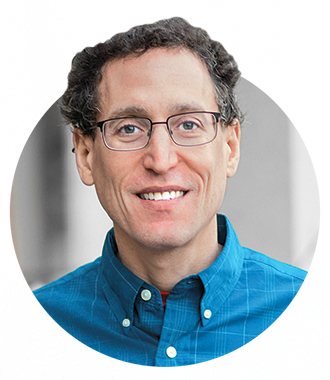 Jamie Druckman ’93, Payson S. Wild Professor of Political Science and associate director of the Institute for Policy Research
Jamie Druckman ’93, Payson S. Wild Professor of Political Science and associate director of the Institute for Policy Research
“Starting in the 1970s and ’80s and increasingly into the 21st century, we’ve seen an ideological sorting. We’ve also seen demographic sorting, so racial minorities, lower- income individuals and less religious people have sorted into the Democratic Party, whereas more religious people, rural people and wealthier people have sorted into the Republican Party. On top of that, we’ve seen the return of partisan media accentuating these partisan differences and creating distinct information worlds. So people are generating these perceptions of the other side — actually in a fairly inaccurate fashion — as being so different from themselves because what they’re seeing is not the modal member of the other side but rather the extreme, so the other side looks totally incomprehensible.”
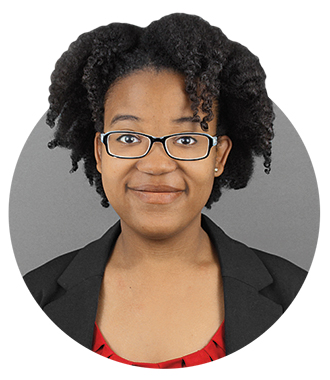 Mikala Stokes, third-year doctoral student in history
Mikala Stokes, third-year doctoral student in history
“I think the current age of incivility is a reflection of the country’s persistent inability to acknowledge the legacy of white supremacy and systemic racism. It’s like telling a friend that they’ve hurt you, only to be dismissed and told to get over it. From that relational perspective, it would be really hard to be civil if two parties can’t come together and acknowledge the basic record of hurt and pain. That’s what’s happening among Americans.”
 Laurel Harbridge-Yong, associate professor of political science and a faculty fellow at the Institute for Policy Research
Laurel Harbridge-Yong, associate professor of political science and a faculty fellow at the Institute for Policy Research
“Even from members of Congress we see that if you’re not on my team, you’re anti-American. The same is true among the public. A person’s political party has become increasingly aligned with their other social identities. This helps make party allegiance an increasingly salient social identity, leading to in-group favoritism and the desire to maintain psychological distance from the out- group. This focus on partisanship as a social identity makes it easy to demonize the other side and live in a bubble among people who think like you do.”
 Tabitha Bonilla, assistant professor of human development and social policy and of political science and a faculty fellow at the Institute for Policy Research
Tabitha Bonilla, assistant professor of human development and social policy and of political science and a faculty fellow at the Institute for Policy Research
“As presidential candidates take positions with more explicit promises, voters react much more strongly to those policy positions. I can’t say that the promises themselves are what’s causing the incivility, but I do think promises reinforce it. Voter responses to candidates who promise are polarized. My research demonstrates that elected officials are making more promises than they used to, meaning their policy positions are more committed. There is a lack of room for these candidates to compromise because they’re trying to mobilize voter bases.”
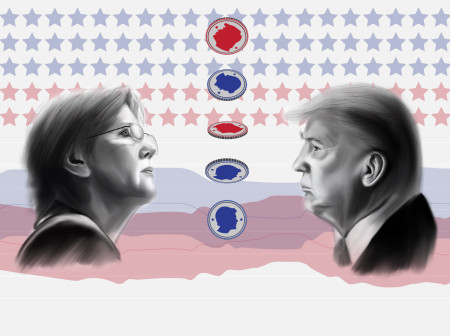
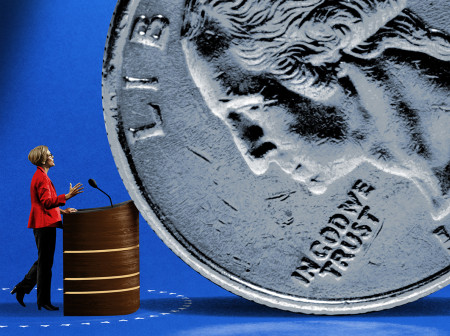
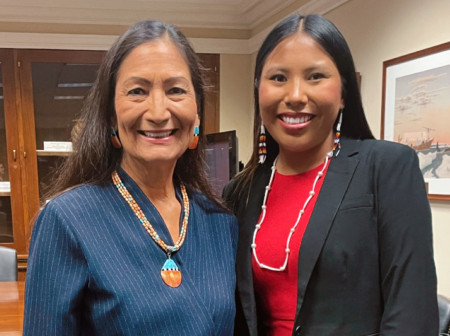
Reader Responses
The current polarization has twin causes. The ideologies of the right and the left became more extreme, enabled by filter bubbles and the abolishing of the fairness doctrine. Often news sources — social media, conventional sources, communities — do not see their roles to be constrained by facts and evidence, but rather to provide a values-based discourse. If you cannot agree on the facts, it is very difficult to resolve conflicts.
At the same time, political leaders resort to oversimplification and/or just pandering to their supporters because of the public attention deficit, the common lack of interdisciplinary thinking and the desire to be entertained aspect of a celebrity-obsessed culture.
—R. R. Day Bridgeport, Conn.
No one has commented on this page yet.
Submit a Response